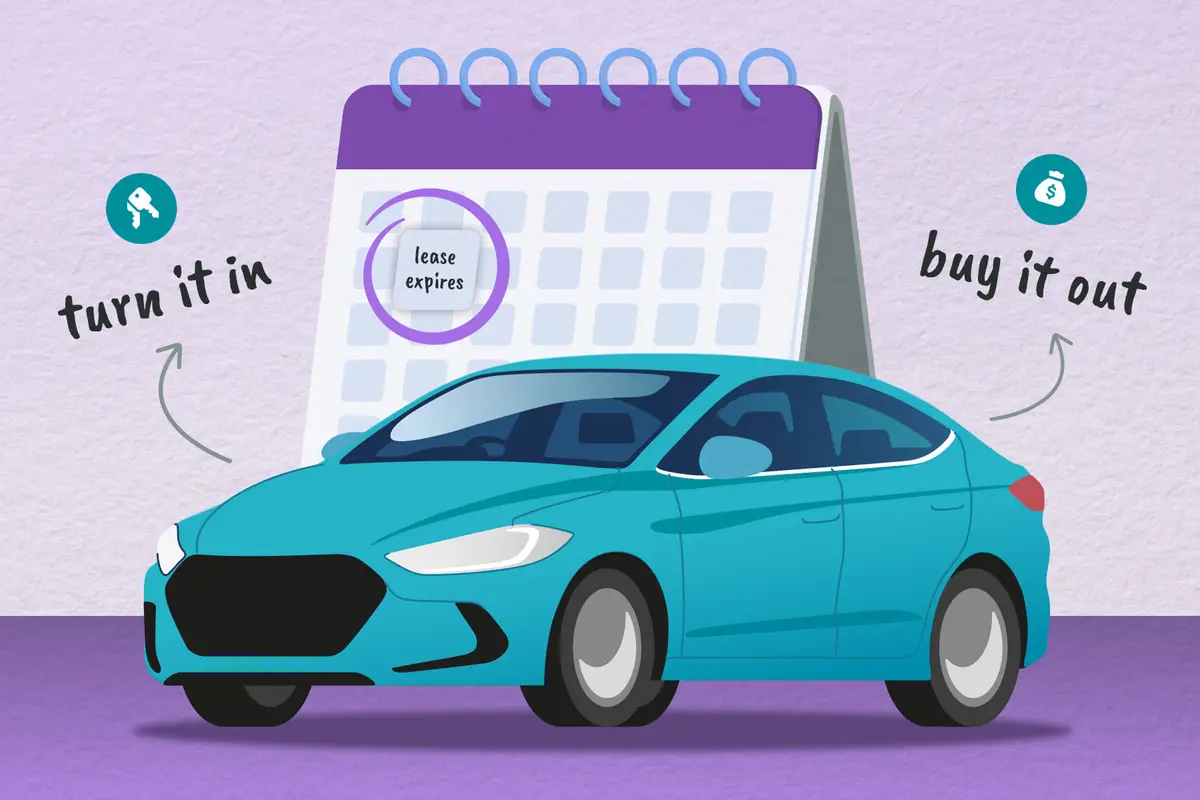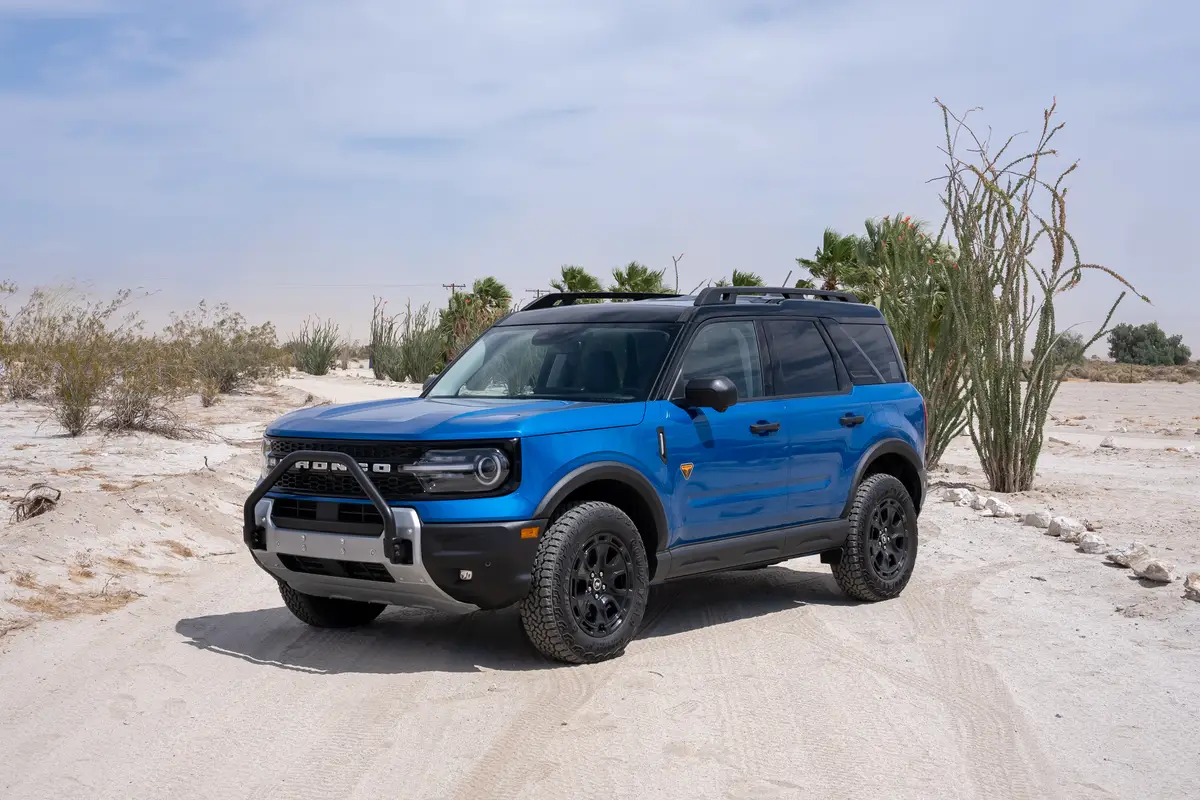Land Rover's Diesel Engine Would Be at Home in a Pickup
Thirty years ago, ending its run as a rear-wheel-drive midsize sedan, the Buick Grand National was so potent some of the automotive press thought it was a great engine looking for a chassis. After driving a 2016 Land Rover Range Rover powered by Land Rover's new 3.0-liter V-6 Td6, I can't help thinking this would make a great luxury pickup truck engine, capable of fending off the current diesel offerings from Mercedes-Benz (Bluetec), Ram (EcoDiesel) and GM (baby Duramax).
The roots of this diesel go back to 1999 and Ford's Dagenham Diesel Centre in England. It was developed as part of a joint venture with PSA Peugeot Citroën and was nicknamed Lion (not a coincidence given Peugeot's logo has incorporated a lion since 1905). The Td6 evolved from a 2.7-liter V-6 block that was later bored 3 millimeters and stroked 2 millimeters to create the redesigned 3.0-liter 24-valve V-6 we have today.
With common-rail injection and a single turbo under the driver's-side rear corner wedge, the 60-degree V-6 is rated at 254 horsepower and produces 440 pounds-feet of torque at 1,750 rpm — just a bit higher than Ram's EcoDiesel. Charge cooling is air-to-water, the cams are belt driven and this is the first Rover stateside with no belt-driven cooling fan, meaning there's a lot of room ahead of the engine in its current applications, similar to a full-size pickup engine bay.
Performance is what you'd expect when driving a heavy Range Rover (our test unit weighed just less than 5,500 pounds, or more than a Ford F-150 SuperCrew 4×4), but it did have us thinking it might have a zero-to-60-mph time in the mid-seven-second range. And the way Land Rover tuned it for wide-open-throttle runs from a standstill, the turbo boost didn't come on as violently as we've experienced in other vehicles; however, it's strong enough to spin the mud out of the tires while retaining the appropriate degree of decorum.
EPA-rated fuel economy for the diesel engine when packaged with the Range Rover is 22/29/25 mpg city/highway/combined. Even with four or five passengers onboard, we got close to 30 mpg on the highway, while city driving work netted us 21 mpg. Along with good fuel economy, the Td6 exhibited an effortless, strong-pulling low-rpm nature that we found impressive. By comparison, the same Range Rover with the less expensive supercharged gas V-6 engine delivers about the same torque at twice the rpm (checking the diesel box bumps up the cost by $1,500). We'd rather have our torque as low as possible.
Yes, we know this is a Range Rover, and they tend to be among the quietest vehicles with their thick windows, heavily sound-proofed aluminum bodies and adjustable air-bag suspensions, but this engine is a standout feature. As quiet as it is, the starter sounds classic Rover. At low engine speeds it can offer a bit of clatter and be loud. At midlevel revs the light clatter is gone. Even during our most enthusiastic romps, we never saw more than 4,100 rpm on the throttle.
If Ford needed a pickup powertrain that delivers better economy and pulling power than the twin-turbo 2.7-liter EcoBoost and didn't want to spend the money on a hybrid to make better fuel economy, this little beast would work pretty well. And if they're smart and want to keep a low floor for cabin room, the Expedition and Navigator teams will jump on it too.
Cars.com illustration and composite by Paul Dolan (above); Manufacturer's engine images (below)

Featured stories




